How to deal with XBRL taxonomy updates when managing regulatory change
- May 9, 2022
- 5 minutes
Regulatory reporting requirements are destined for an endless transformation, given the dynamics of the business and technology landscapes. Therefore, change will be a constant challenge for both governing authorities and governed entities.
Regulators strive to make their reporting requirements reflect the latest developments in the market. In their turn, market players must ensure their reports follow the latest reporting requirements. Having proper regulatory change management might help stakeholders perceive the current situation as a virtuous cycle, not a vicious circle.
How do you deal with regulatory change? Let’s consider what you can do to navigate the ongoing regulatory reforms.
What are regulatory changes?
Some of the changes made by regulatory authorities don’t impact reported data’s scope, structure, and format. They might be introduced, for example, through publishing more detailed guidelines that aid the interpretation of the requested data. Your business will benefit from knowing about such changes early, still not knowing them won’t cost you much.
In most cases, changes are more tangible. They might make you collect new data, restructure data to make reports more granular, submit files in a different format, etc., and often lead to:
- Changes in regulations, standards, and legal acts that affect taxonomies.
- Releases of new versions of regulatory taxonomies, or XBRL taxonomies.
- Updates of guides and supporting materials published on regulators’ websites.
- Updates of software for regulatory data collection, validation, and management.
Overlooking these updates may cause failures during the submission of your next report. If this happens, you might have insufficient time to make necessary changes before the reporting deadline. Let’s take a closer look at what XBRL taxonomy updates are and see how you can keep up with them.
Mechanics of XBRL taxonomy updates
An XBRL taxonomy is a hierarchical dictionary of business terms that describe reported data elements, their attributes, and interrelationships. Every XBRL document (report) refers to the corresponding taxonomy, which enables the correct interpretation of the reported data.
To get prepared for XBRL taxonomy updates you should understand what changes to expect when your regulators revise a taxonomy. Official taxonomy governance documents will help you learn what exactly they update and how often. Then, you’ll analyse how the updates affect the reports you’ll need to submit in the future. In general, changes in taxonomies imply:
- Technical updates impact the taxonomy but don’t change the scope of data. The existing validation rules may be refined. Tables in the new reports may look different but still require reporting the same set of data.
- Business updates impact the taxonomy and the scope of required data. The taxonomy may have new validation rules and modules. The reports may have new tables (or new rows and columns in old tables) to be filled with data that wasn’t required before.
These updates are usually introduced during scheduled (regular) taxonomy releases or additional (corrective) releases:
- Scheduled or regular releases. Regulators monitor the landscape and adjust reporting frameworks regularly. First, they collect feedback from stakeholders on the suggested amendments and then publish an updated version of their taxonomy.
- Hotfixes or corrective releases. Any time when a newly published taxonomy proves to have serious technical defects that may prevent the submission of valid files, regulators fix it ASAP, for example, they may deactivate erroneous validation rules.
Some regulatory authorities advanced in XBRL reporting far enough to establish best practices. They properly govern their XBRL taxonomies and have solid workflows for managing change.
For example, EIOPA schedules only one regular Solvency II XBRL taxonomy release per year and one more corrective release in case a hotfix is needed. The new taxonomies are ready six months before the reference date and eight months before the reporting deadline. Therefore, reporting entities have enough time to prepare for XBRL taxonomy updates:
- A public working draft (PWD) of the EIOPA taxonomy becomes available for NCAs, reporting entities, and software vendors by 1 June of year N.
- An official new taxonomy version is published by 15 July of year N.
- A corrective release is made on 2 November (2 months before submissions start).
- The first report to be submitted under the new taxonomy is for Q4 of year N.
Yet, other regulatory bodies are going through the initial stages of digital reformation. They make more frequent taxonomy releases in a less predictable manner, which makes managing regulatory change more complex for other stakeholders.
Adoption of new versions of XBRL taxonomies
To keep all stakeholders in the loop, regulatory bodies announce the upcoming updates of the regulatory frameworks and related taxonomies in advance. They spread information through their websites, media, and other communication channels.
By monitoring regulators’ websites, newsletters, and RSS feeds you can keep track of notable events and collect all the necessary information timely. Then you analyse how every next round of regulatory changes affects your organization. Based on that, you’ll adjust your data collection, management, and reporting procedures to comply with the modified reporting frameworks.
These internal changes often are tightly connected with your organization’s IT infrastructure. At this point, XBRL software enters the equation. When coping with the regulatory change you need tools to try and test the new taxonomies in real life. That’s the only way to make sure you can create XBRL reports that meet the updated validation and filing rules.
Software and XBRL taxonomy updates
Software vendors also need time to adopt new versions of XBRL taxonomies and test them before making them available to users. The more complex the taxonomy is, the longer it takes software vendors to implement changes.
Still, there is a way for reporting entities to create test reports under the latest version of XBRL taxonomies shortly after its release. You can leverage lightweight single-purpose XBRL report validation tools that are among the first to introduce taxonomy updates.
For example, ATOME Particles report validation software offers a swift implementation turnaround of new versions of taxonomies and validation rules. With this tool at hand, you can:
- Make the regulatory change management process less hectic by familiarizing yourself with the changes in the taxonomy early on.
- Reduce your regulatory compliance risks by creating and validating XBRL reports long before submission.
- Indicate issues in the reporting templates or validations and provide feedback on the changes introduced to the public working draft of the new taxonomy.
- Have an additional layer of quality assurance to check your internal systems.
When the latest version of an XBRL taxonomy becomes available for download, you get a notification of its availability in ATOME Particles. One click – and you get an added item on the list of taxonomy versions available in the software. Then you can create reports using the new taxonomy, validate the reported data, correct errors, and export reports to XBRL – all far before the filing deadlines.


